Neuroscience
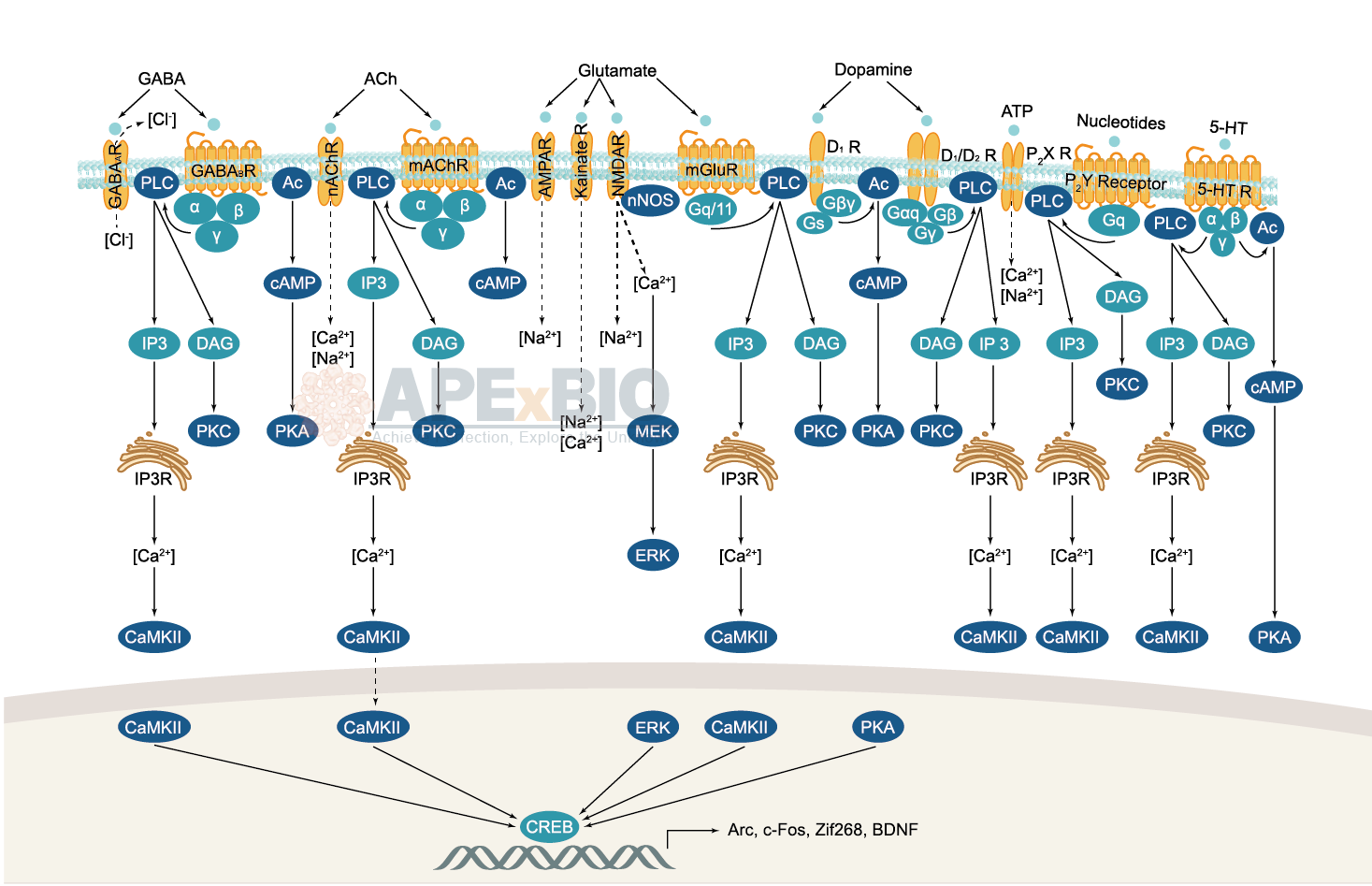
Neurotransmitter receptors function via various G-protein coupled and G-protein independent mechanisms that activate downstream intracellular signaling pathways such as cAMP/PKA, PI3K/AKT, phospholipase A2, and phospholipase C pathways. For instance, dopamine receptors act through adenylate cyclase to activate PKA and other signaling molecules, thereby mediate gene expression through the actions of CREB and other transcription factors. Other neurotransmitters such as NMDAR or AMPAR are associated with ion channels that control flux of Ca2+ and Na+, thus propagating the action potential across the post-synaptic neuron.
Dysfunctions in GABAergic/glutamatergic/serotonergic/dopaminergic pathways result in a broad range of neurological disorders such as chronic pain, neurodegenerative diseases, and insomnia, as well as mental disorders including schizophrenia, bipolar disorder, depression, and addiction.
-
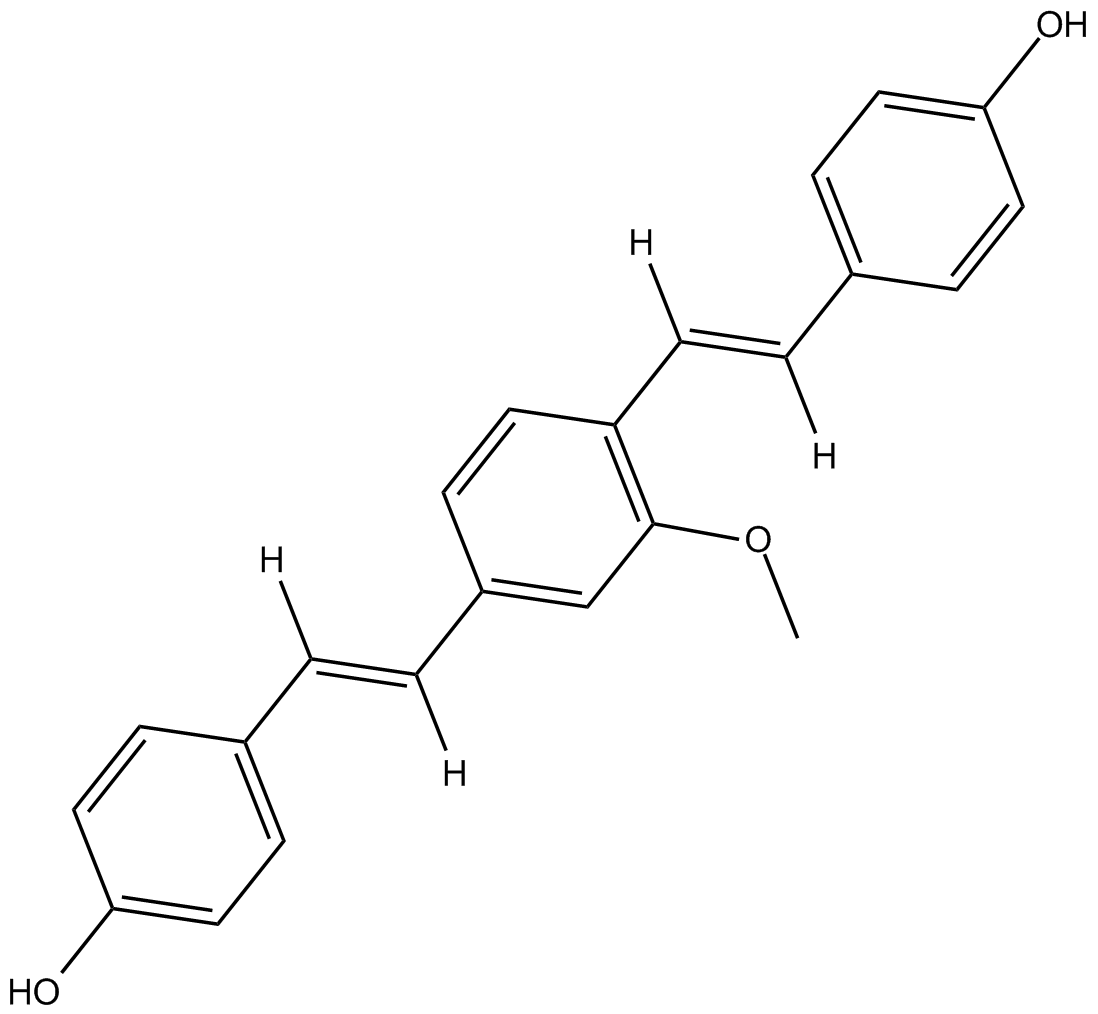 B5769 Methoxy-X04Summary: fluorescent amyloid β (Aβ) probe
B5769 Methoxy-X04Summary: fluorescent amyloid β (Aβ) probe -
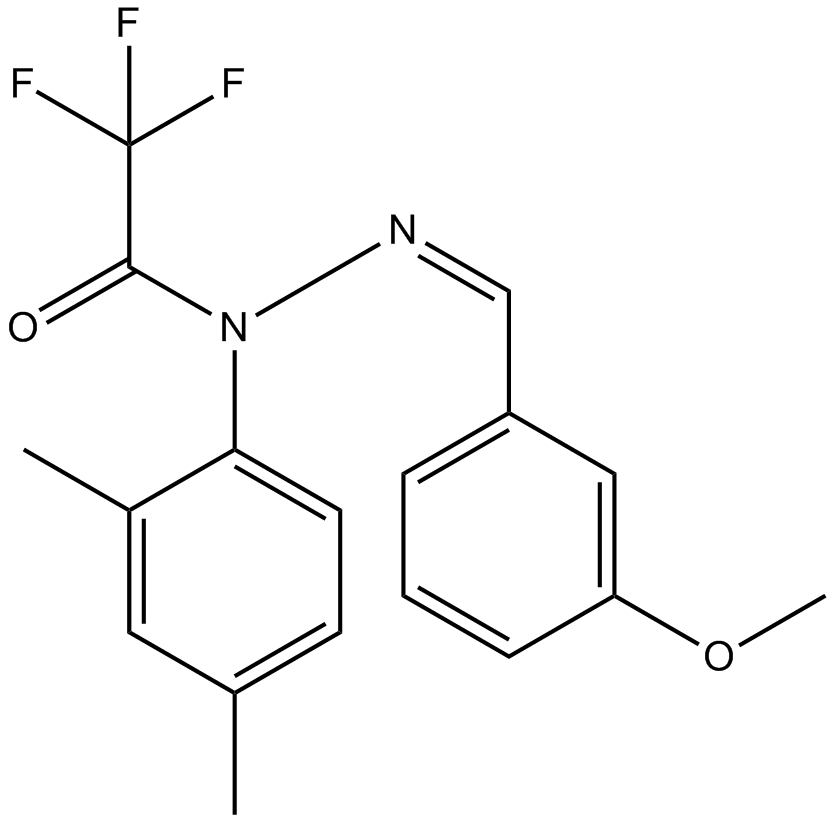 B5804 J 147Summary: reduces soluble Aβ40 and Aβ42 levels
B5804 J 147Summary: reduces soluble Aβ40 and Aβ42 levels -
 A1038 Amyloid β-Peptide (10-20) (human)Summary: Initiates neurodegeneration in Alzheimer disease
A1038 Amyloid β-Peptide (10-20) (human)Summary: Initiates neurodegeneration in Alzheimer disease -
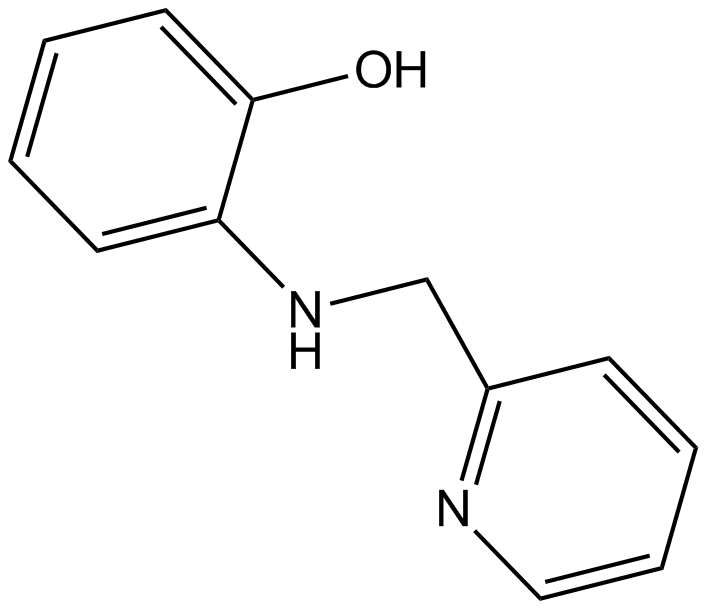 B8029 ARN2966Summary: APP expression modulator
B8029 ARN2966Summary: APP expression modulator -
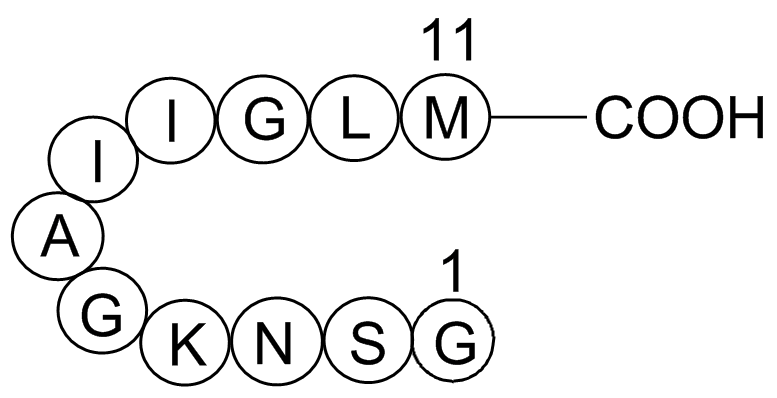 A1039 Amyloid Beta-peptide (25-35) (human)1 CitationSummary: Functional domain of Aβ
A1039 Amyloid Beta-peptide (25-35) (human)1 CitationSummary: Functional domain of Aβ -
 C3597 CPHPCSummary: used with anti-SAP antibodies to eliminate amyloid deposits
C3597 CPHPCSummary: used with anti-SAP antibodies to eliminate amyloid deposits -
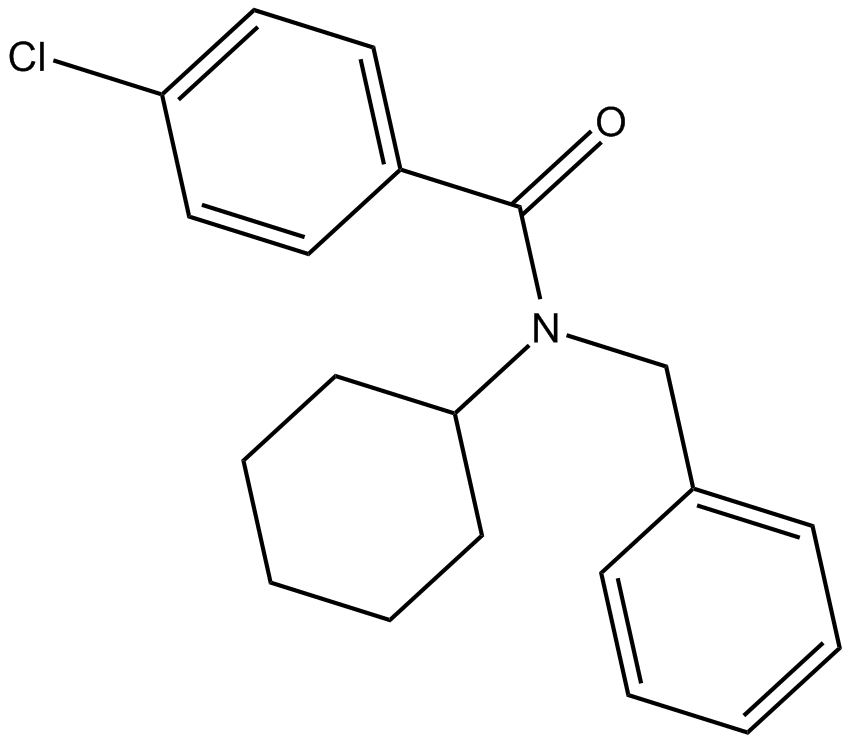 C3723 FPS-ZM1Summary: RAGE Inhibitor
C3723 FPS-ZM1Summary: RAGE Inhibitor -
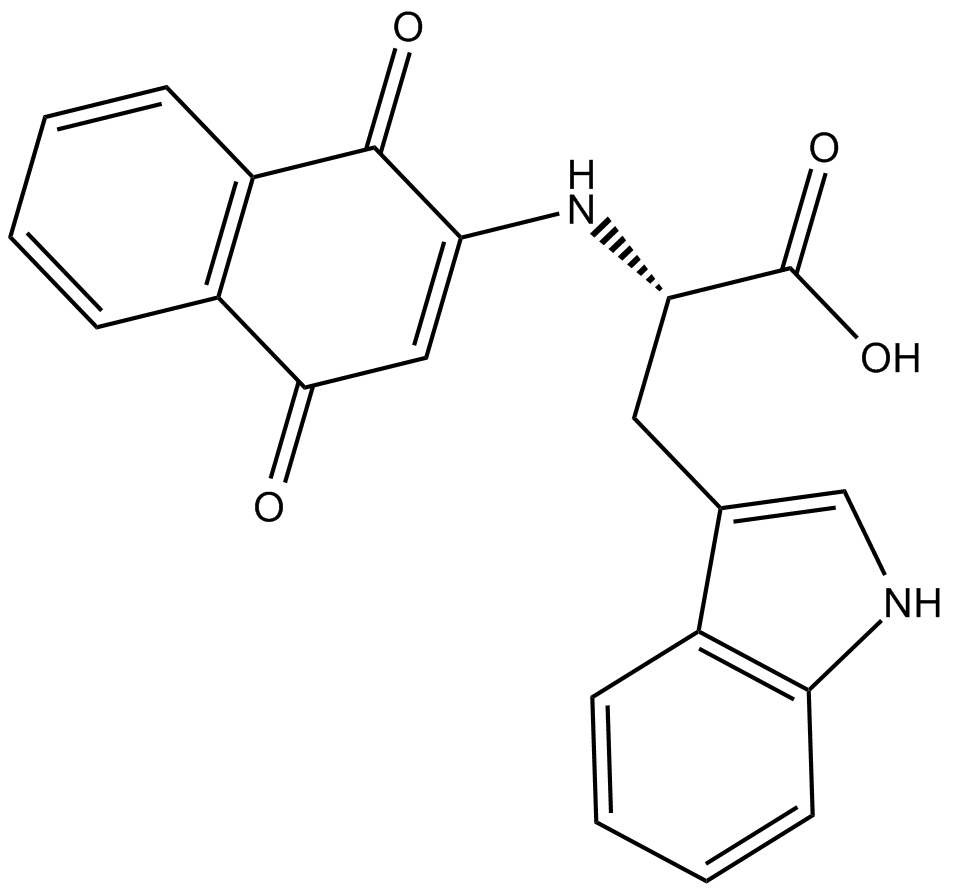 C4194 NQTrpSummary: inhibitor of Alzheimer’s disease-associated amyloid β (Aβ) oligomerization and fibrillization
C4194 NQTrpSummary: inhibitor of Alzheimer’s disease-associated amyloid β (Aβ) oligomerization and fibrillization -
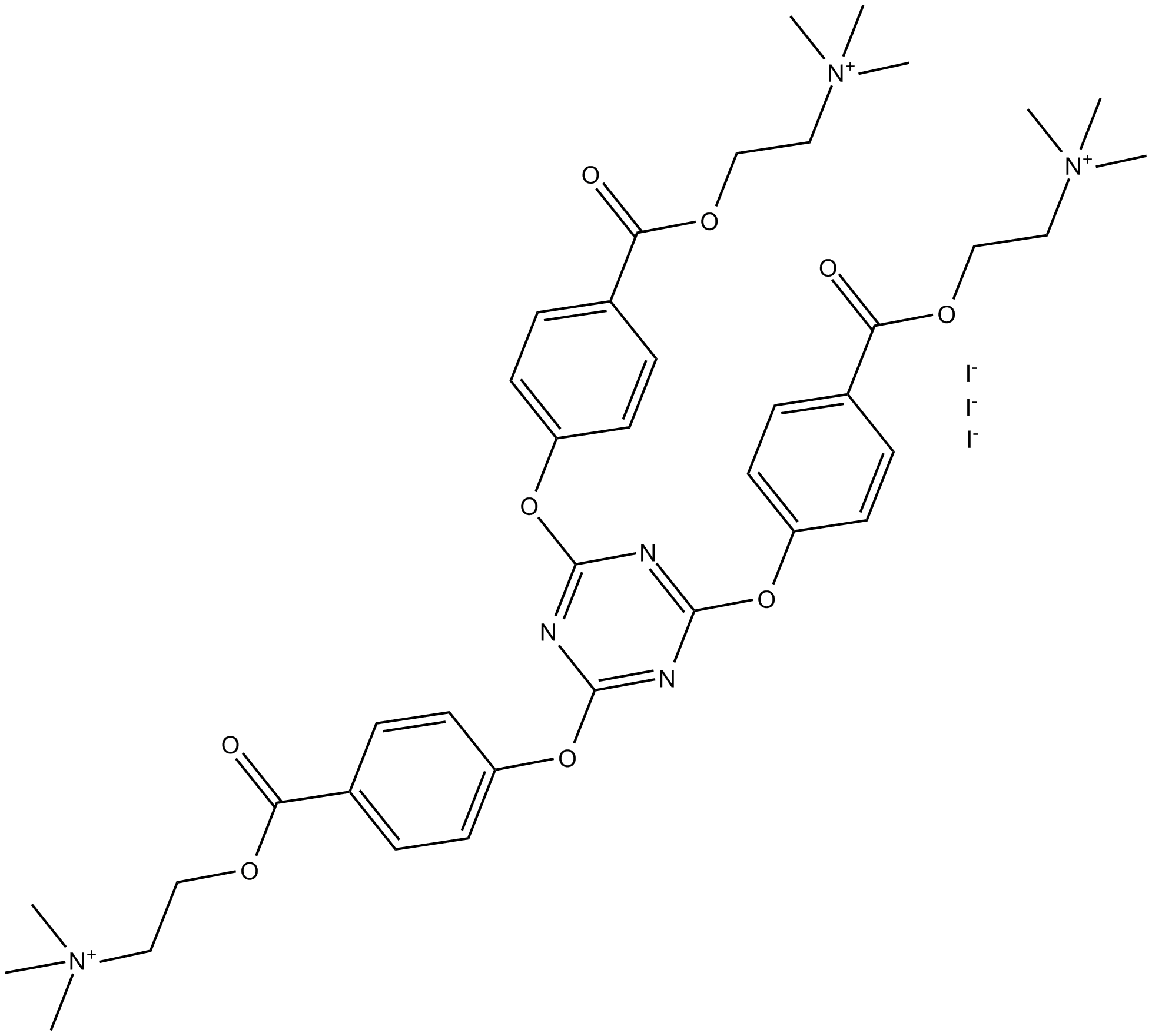 C4446 TAE-1Summary: inhibitor of amyloid-β fibril formation and aggregation
C4446 TAE-1Summary: inhibitor of amyloid-β fibril formation and aggregation -
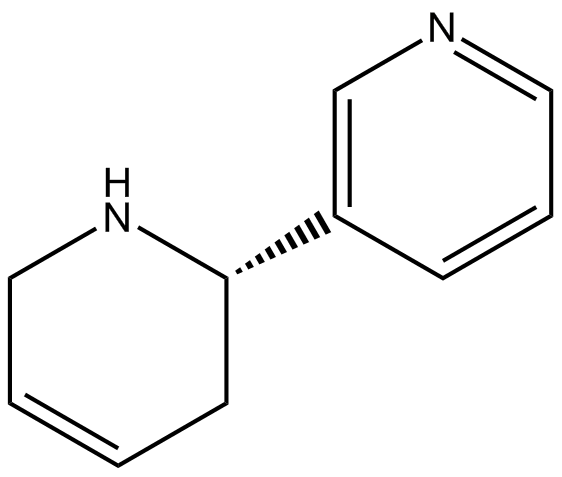 C4859 (R,S)-AnatabineSummary: Aβ inhibitor
C4859 (R,S)-AnatabineSummary: Aβ inhibitor

